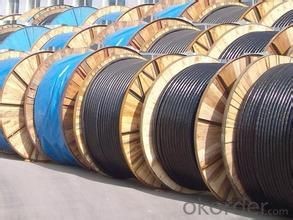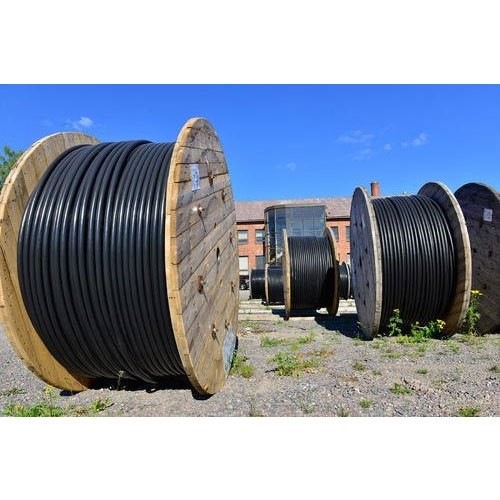Project Description
Electrical cable is an assembly of one or more wires running side by side or bundled inside a common sheathing and used to carry electric current. Also used to connect two or more devices enabling the transfer of electrical signals or power from one device to others. Cables come in varying sizes, capacity, purpose of use, place of use, etc. and this includes Coaxial, Communications, Direct-buried, Flexible, Helix, Non-metallic sheathed (NM, NM-B), Metallic sheathed (armoured cable), Multicore cable, Paired cable, Portable cord, etc.
Overview & Gallery
Electrical cable is an assembly of one or more wires running side by side or bundled inside a common sheathing and used to carry electric current. Also used to connect two or more devices enabling the transfer of electrical signals or power from one device to others. Cables come in varying sizes, capacity, purpose of use, place of use, etc. and this includes Coaxial, Communications, Direct-buried, Flexible, Helix, Non-metallic sheathed (NM, NM-B), Metallic sheathed (armoured cable), Multicore cable, Paired cable, Portable cord, etc.
Underground Cables Classification
Typically consists of a conductor(s) covered by a number of insulating and protective layers necessary for its satisfactory operation. Classified into;
- Number of conductors in the cable
- Voltage rating of the cable
- Construction of cable
- Type and thickness of insulation used
- Installation and Laying of the cables
Overhead Power Cables
Typically conductors suspended from electrical towers and poles to transmit power over long distance and conductors used are completely bare and made from aluminium. Types include;
- All Aluminium Conductor (AAC)
- All Aluminium Alloy Conductor (AAAC)
- Aluminium Conductor Steel Reinforced (ACSR)
- Aluminium Conductor Alloy Reinforced (ACAR)




